In this blog post we will be looking at the top mega search engines ruling the internet. Covering how they tick on the inside and remarkable facts that you are not be aware of. Let’s start our journey with the most famous search engine.
 In the early stages…
In the early stages…
Google was created way back in 1996 by PhD Standford students Sergey Brin and Larry Page. Back then, it was just a means to create a graph and link structure of web pages on the web. It was used as a thesis study to determine if their page rank algorithm gave better results than existing search engines at the time. By 1998, they already had an index of 60 million pages.
Did you know that their parent company is called Alphabet and they now own around $650 billion? Too bad the company Excite rejected their offer at the time in 1999 of $750,000!
Nowadays…
Owning more than 75% of the search market share, its no wonder it is first on our list. It not only operates its search results, but it also provides search results to meta-search engines. See here for a list of some of those meta-search engines.
Having the largest traffic in all search engines, it makes organic search extremely competitive. It is also moving searchers away from clicking through websites, and rather presenting the information directly from the Google search results. It does this by showing featured snippets through lists, tables, visualisations and even applications in their search results website itself.
BERT: Google latest searching algorithm
As of 2019, the latest search ranking algorithm to be released is BERT. BERT is a neural network-based technique for natural language processing. Its focus is to better understand the queries of users and give more relevant results.
Google uses connecting words to understand the nuances and context of words. One such example is “2019 Brazil travels to the USA need a visa”. Previously, Google would not understand this connection and would show results about US Citizens wanted to travel to Mexico. In this example, “to” provides a lot of importance and needs to be considered.
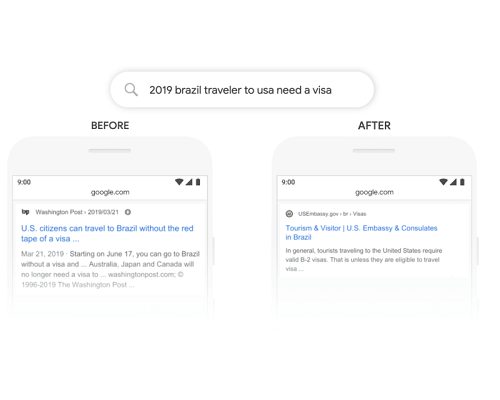
Google also understands queries that are more human-like such as “What are the opening hours of pharmacies nearby?”.
Queries are also answered a lot in featured snippets and most often provide an illustration and summary of information.
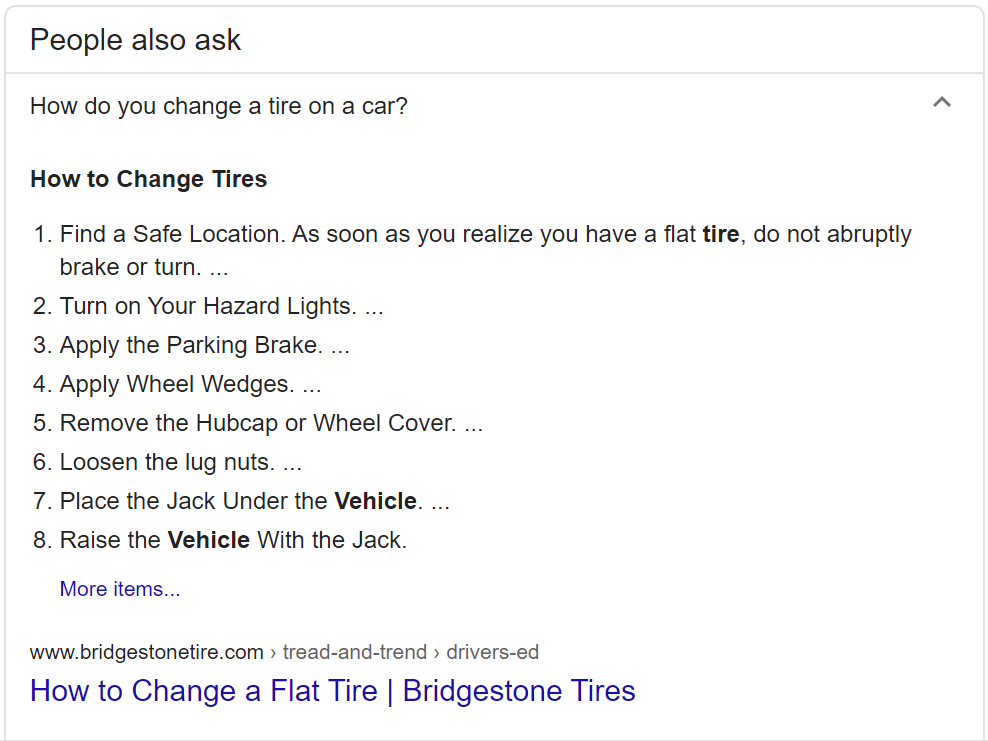
This puts the search engine above the rest in terms of natural language processing. The ranking factors for keyword relevance are even more important now that BERT is able to actually understand their meaning.
Apart from this update, Google is known to rank depending on the usual factors such as having a secure website, the page speed, mobile-friendliness, domain authority, optimized content, backlinks and user experience. For more details on this see here.
YouTube
First a little history…
YouTube was founded in 2005 by veterans of PayPal and was purchased by the giant itself, Google, a year later. This gave them control over the largest video collection on the internet.
And now for some stats…
YouTube receives over 1.5 billion signed users a month! Not only that but it feeds 1 billion hours of video a day to users!
YouTube search ranking systems filter through more than 500 hours of video content every minute to retrieve the best result for your query.
YouTube searching factors:
Consequently, to achieve this it needs to consider the following factors:
- Relevance – It looks at the meta title, tags, descriptions and video content.
- Engagement signals – YouTube mentions that they take an aggregate of the engagement signals. It doesn’t specify what they are but gives the watch time for a particular video as an example.
- Quality – They use a term known as EAT (Expertise, Authoritativeness, Trustworthiness) in search marketing. It determines which channels show the most EAT and ranks it depending on these measurements. It looks at authority for video categories such as news, politics or scientific information. For entertainment or music, it refers to freshness or popularity.
- Differing results based on history – For example, if you like to watch a lot of sports video and search for “cricket”, you will be shown the sports cricket videos rather than nature videos.
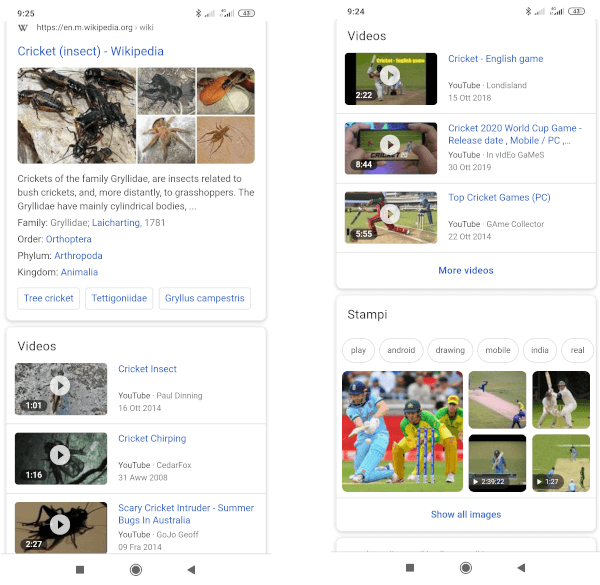
Here’s a quirky fact…
The first-ever video uploaded to YouTube is a 19-second clip of co-founder Jawed Karim at the zoo. It has over 41 million views!

Where it all began…
Not many people may know this, but Amazon started way back in 1995. It is considered one of the first most significant companies to sell goods online. Time’s gave Jeff Bezos Person of the year in 1999 for making online shopping popular and available.
Some stats…
- More than 54% of product searches are directly from Amazon. It is considered the largest search engine for e-commerce.
- It keeps its dominance of e-commerce market share owning 47% of online sales and 5% of all retail sales in the United States.
- Amazon has currently over 500 million products listed on its site, and the majority happen on the first page of search results. Selling products proves to be quite competitive.
Amazon’s A9 algorithm
Amazon uses what they call speed velocity in its searching algorithm. It’s how fast and how many of your products are sold in the Amazon marketplace.
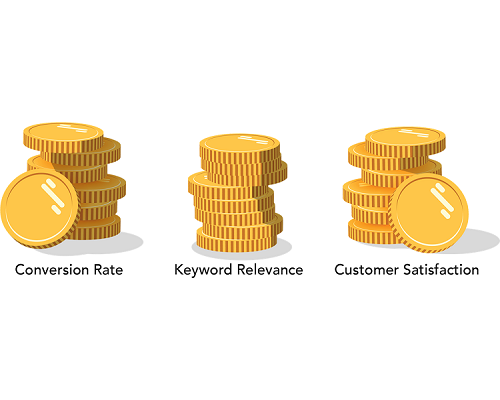
These ranking factors above are what determine if your product will be shown on their first page:
Conversion rate
This relates to having your product traffic converting to sales. This is the main factor Amazon uses to rank your product and has a direct impact. Here are some tips you can use to improve your conversion rate:
- Pricing – Keep the price cheap until you get enough sales history to determine actual sales performance. This increases your chances to show on top.
- Listing – Having a list of products that have a high conversion rate will, in turn, keep increasing your chance of showing on top.
- Title – make your title user friendly and include the most important keywords at the beginning. Provide enough information to grab clicks.
- Descriptions – Over 50% of Amazon shoppers read the full description when purchasing a product. Make sure your content is bullet form and highlights the main features.
- Images – use images as much as you can as it engages your users more.
- External traffic – Start driving your traffic from social media, email and other sources to your Amazon products. This can impact your organic rankings and soar up your conversion rates.
Keyword relevance
Just like Google, A9 relies heavily on keyword matching to see which product fits the query best. Therefore, as mentioned above include relevant keywords to your title and descriptions.
Customer satisfaction
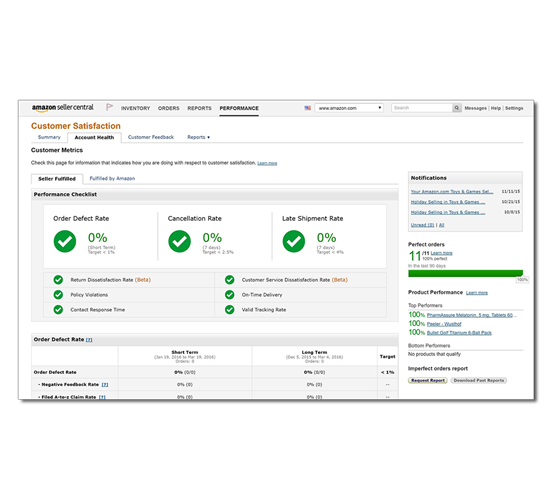
As shown in the image above, Amazon offers a performance tab to see how satisfied your customers are. If you fail to meet the minimum performance requirements, you can risk getting rejected as a seller. The higher your customer satisfaction is the higher your ranking in their searches.
Some facts…
In 2006, Facebook came into the picture. Back in 2004, it was only accessible from Harvard students. Founded by Mark Zuckerberg and other college students. It later developed to be the most used social media platform and as of 2019, it surpassed Bing’s search traffic of 2 billion searches per day! With 1.5 billion users logged in per month, Facebook opens the door for marketers.

Searching ranking algorithm
Knowing this information, it is essential to grasp what factors will rank your business higher in their searches:
- Vanity URL and definitive description: Changing the URL of your business page to one that is relevant to your company and changing the description to be relatable to your theme/business. Target keywords inside your page and URL will help promote your ranking.
- Relatable category and completed about section: The category you choose for your page will reflect which searches you will be listed on. The about section should be completely filled with target keywords.
- Interlinked followers: The more followers that have clustered connections, the higher your page will rank in the searches.
- Reviews: Since the average review score is shown in the search results, it is vital that you take care of your reviews. This will also increase the click-through rate of your page.
- Variety of content: Engaging content will result in an active community. Having an active page will place you higher in the ranking.
- Post frequency: Pages found to post 1-2 times a day were seen to be featured more on top.
- Social signals and engagements: This goes hand in hand with a variety of content. The more reactions you get from your users, the higher you will rank. More engagement includes check-ins, comments, shares and answering polls.
Bing
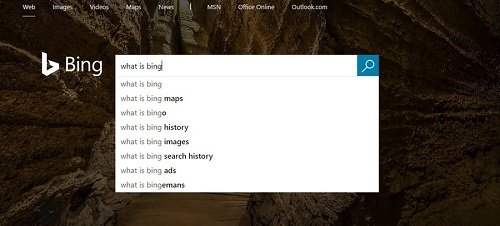
Its origins…
Bing is a web search engine owned by Microsoft. It started as MSN Search back in 2008 that used crawlers from other search engines at the time. Microsoft then invested in its crawler and rebranded its name to Bing in 2009. Launching with a mere 8.4% of the market, it rose up to 28.1 per cent a year later when making a deal to power Yahoo Search.
Using BING to your advantage…
Bing’s searching algorithms aren’t as complex as Google. This makes it easier to follow, predict and optimize your SEO for it. It also means that you have less competition in their searches.
If you are looking to promote your video, Bing actually has a better reputation at yielding more relevant results. Bing also does not filter out as much as Google, allowing more content to be shown in its results.
Furthermore, Bing offers ads that are cheaper. You can target the same keywords and pay less and also face less competition.
Baidu
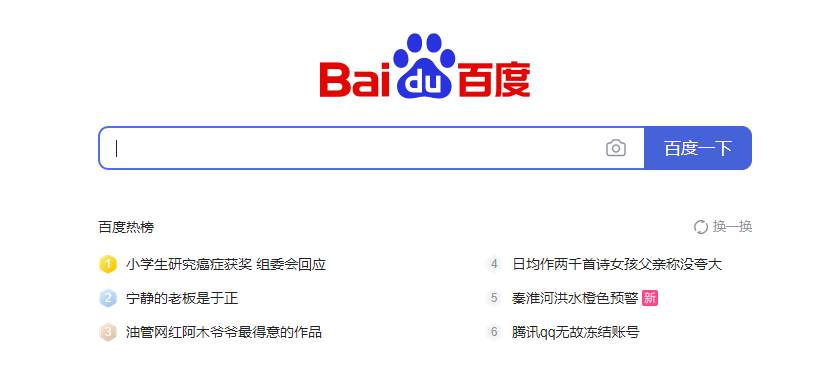
Interesting stats…
Baidu is the main search engine in China with more than 82% of the market share. In China, only 0.61% use Google and a mere 0.37% uses Bing. However, it is important to note that a quarter of the population on the internet resides in China. Although Baidu has little influence outside of China, it powers 3.3 billion searches a day.
Some challenges…
Since you are only targeting one market, it is critical to understand their customs, visuals and verbiage that will be completely different from international markets. Having someone speak the language and understands the marketing culture is vital.
Upsides…
Their algorithms for organic search are simpler than Google’s and their paid search is easy to setup. That being said it is not as simple if you reside outside of China.
The downsides…
Baidu is controlled by the government, as is the rest of the Chinese internet. Sites in China need to be careful to not use prohibited terms or risk getting banned from search results.
Moreover, if you are looking to expand your e-commerce into Chinese markets, you will need to obtain an Internet Content Provider from the Chinese government.
Searching ranking factors:
- Baidu gives preference to sites written in simplified Chinese.
- Landing pages need to be translated by native speakers.
- They still use meta keyword tagging as their core ranking algorithm. They should be added to every page.
- Meta descriptions and titles also have different word length limits. So be careful not to exceed them.
- Avoid using iframes, Javascript and Flash as it does not crawl them well.
- Link building depends on the anchor text. So make sure to include keywords in any links on your site.
Yandex

Stood its time…
Before Google was even founded, Yandex was already developed by Ilya Segalovich and Arkady Volozh. Today, it is currently Russia’s largest web search engine. An astounding 51% of search traffic was generated from Yandex in Russia.
Searching Algorithm
Yandex’s searching algorithm differs from Google. In 2013, Alexander Sadovsky, Head of Web search in Yandex, announced they will not consider backlinks as the core of their ranking in commercial queries made in certain areas of the country. Instead, Yandex will give priority to user experience and keyword ranking metrics. This decision was based on Russian’s online market being disreputable for link spam methods.
User experience ranking has its downsides…
So how can user experience factor in the ranking? Websites that encourage you to remain on their site for as much as possible will rank better. However, this had some downsides to what is actually relevant. SEO specialists have taken advantage of this by applying black hat and comment spamming. Yandex published the severity of the penalties if caught doing this but it continues to be a widespread technique nonetheless.
Local SEO is more achievable…
All queries in Yandex are divided into geo-dependent and geo-independent searches. For the former, only websites from a particular region are visible. This implies that people from different cities will see different results. The advantage of this radical filtering is, its easier to promote your local business. However, if your business spans multiple regions, it will be tougher for you.
Watch out for quality
Yandex also takes into account the quality of your content more than Google. Stuffing more keywords than you should give rise to more penalizations in rankings. Duplicate content is also given higher penalties than Google.
Final Thoughts and Recommendations
Knowing the top search engines and how they consider search ranking factors are important. Optimizing your SEO with different search engine ranking factors in mind is a challenge, but can put you at an advantage from others that only focus on one.
All search engines have their own advantages when it comes to improving your SEO for your website or product. Google truly is the beast of them all, but if you are starting new or looking to target a new market or focused on e-commerce, it shouldn’t be the only search engine you focus on.
After reading this article, hopefully, you realise that Google isn’t the only search engine users make use of in the world!

